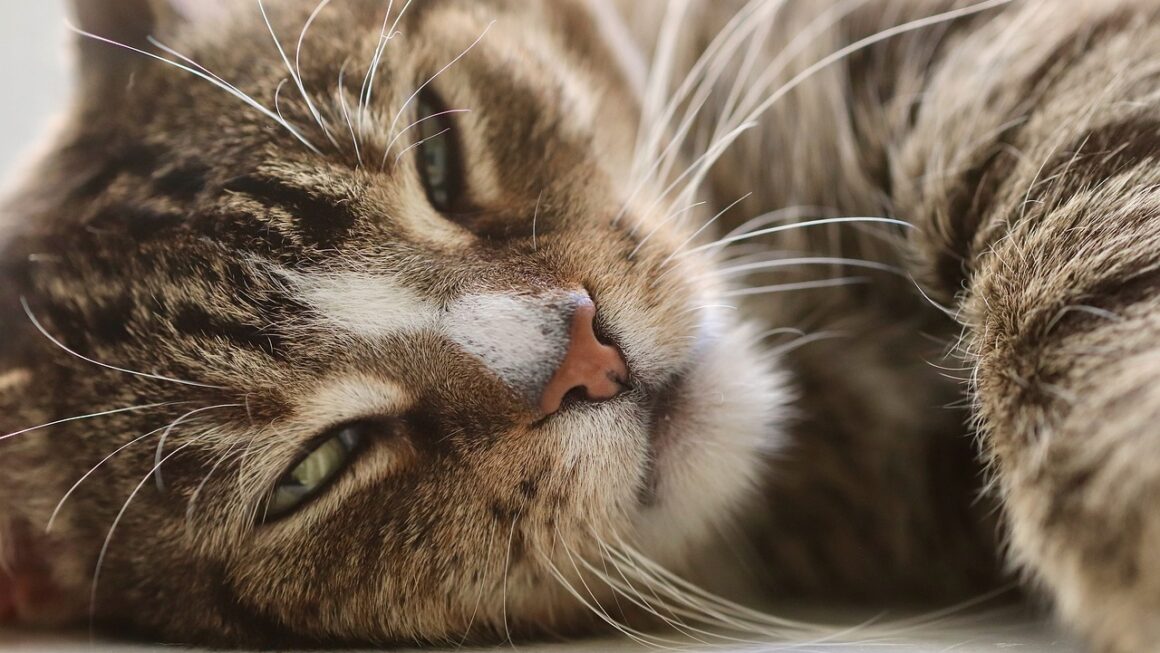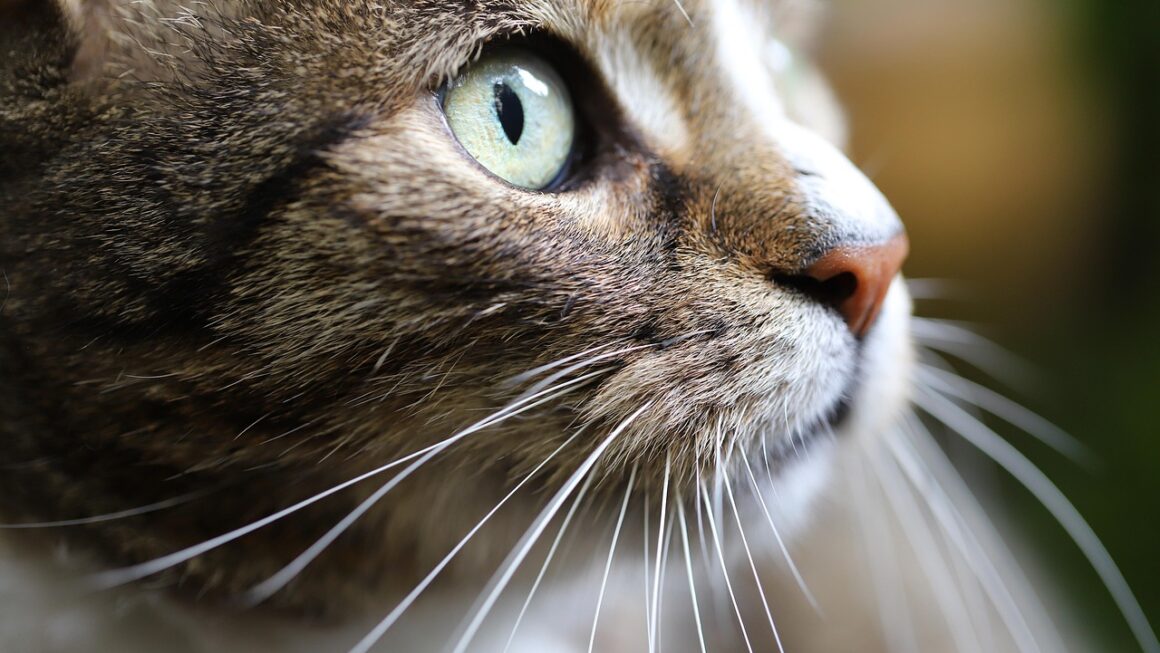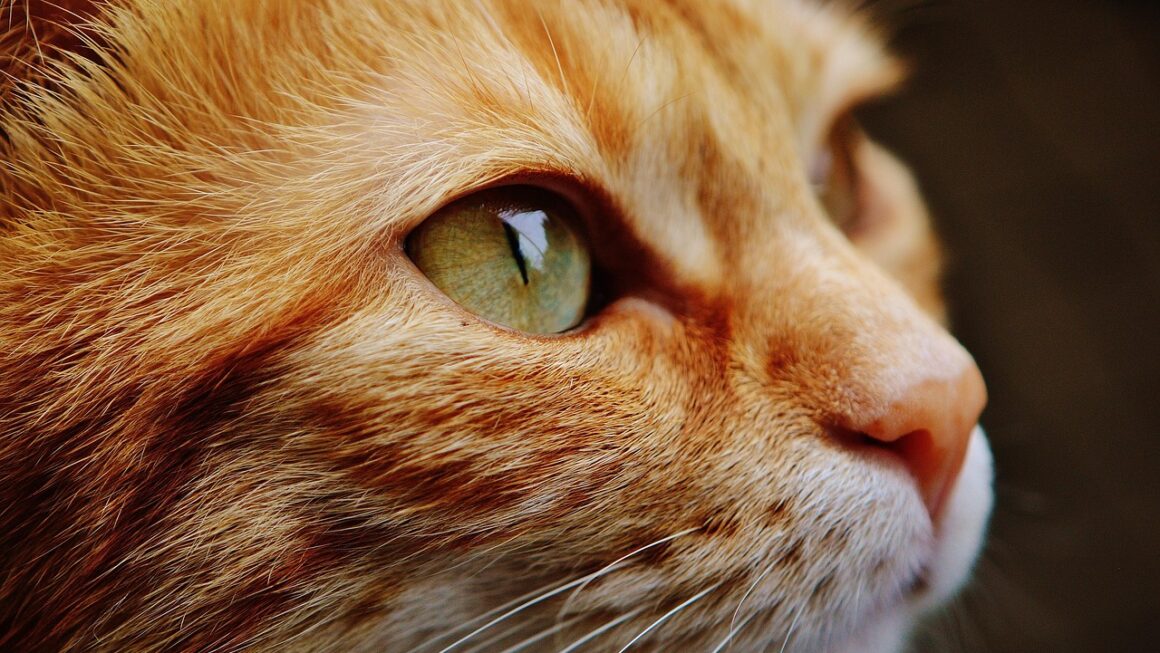Pet toys are far more than just frivolous distractions for our furry, feathered, and scaled companions. They play a crucial role in their physical and mental well-being, providing essential outlets for energy, stimulating their minds, and preventing boredom that can lead to destructive behaviors. Choosing the right toys for your pet, however, requires careful consideration of their species, breed, age, and individual personality. This guide will navigate you through the world of pet toys, ensuring you select the best options for a happy and healthy animal.
Understanding the Importance of Pet Toys
Physical Health Benefits
Toys contribute significantly to a pet’s physical health in several ways:
- Exercise: Toys encourage activity and movement, helping to maintain a healthy weight and prevent obesity. Fetch toys, flirt poles, and interactive treat puzzles can get even the laziest pets moving. For example, a Labrador Retriever chasing a frisbee in the park gets excellent cardiovascular exercise.
- Dental Health: Certain toys, especially chew toys for dogs, help clean teeth and massage gums, reducing the risk of dental disease. Look for toys specifically designed for dental hygiene, such as those with textured surfaces or enzymatic properties.
- Coordination and Dexterity: Interactive toys and puzzles require pets to use their paws, noses, and mouths in coordinated ways, improving their dexterity and problem-solving abilities. A cat trying to extract a treat from a puzzle ball is a great example of this.
Mental Stimulation and Enrichment
A bored pet is often a destructive pet. Toys provide vital mental stimulation, preventing boredom and reducing stress and anxiety:
- Preventing Destructive Behavior: Chewing, scratching, and digging are natural behaviors. Providing appropriate outlets, like chew toys for dogs or scratching posts for cats, redirects these behaviors away from furniture and belongings.
- Reducing Anxiety and Stress: Toys can offer comfort and security, especially during times of stress, such as when left alone or during thunderstorms. A favorite plush toy or a treat-dispensing toy can help calm an anxious pet.
- Satisfying Natural Instincts: Toys that mimic hunting or foraging, like laser pointers for cats or snuffle mats for dogs, allow pets to engage their natural instincts in a safe and controlled environment.
Types of Pet Toys and Their Uses
Dog Toys
The dog toy market is vast and varied. Choosing the right toy depends on your dog’s size, breed, chewing habits, and personality.
- Chew Toys: Indispensable for puppies and dogs with strong chewing instincts. Opt for durable materials like nylon or rubber. Examples include Kongs, Nylabones, and Benebones.
- Fetch Toys: Balls, frisbees, and even specially designed “chuck-it” style launchers provide excellent exercise. Consider the size and weight of the toy relative to your dog.
- Interactive Toys: Puzzle toys, treat-dispensing toys, and snuffle mats challenge your dog mentally and slow down eating habits. Examples include Outward Hound puzzles and slow-feeding bowls.
- Plush Toys: Comforting and often used for cuddling, but less durable for strong chewers. Ensure they are well-constructed and free of small parts that could be swallowed.
Cat Toys
Cats are natural hunters, so toys that stimulate their prey drive are particularly effective.
- Wand Toys: Feathers, ribbons, or small stuffed animals attached to a wand encourage chasing, pouncing, and batting. This allows for interactive play between you and your cat.
- Laser Pointers: Engaging for cats, but use with caution. Always end the play session with a physical toy to allow your cat to “catch” its prey and avoid frustration.
- Catnip Toys: Many cats are attracted to catnip, which can induce playful behavior and relaxation. Experiment with different types of catnip toys, like stuffed mice or scratchers.
- Puzzle Toys: Similar to dog puzzles, these require cats to solve a problem to access a treat. They provide mental stimulation and prevent boredom.
Small Animal Toys (Rabbits, Guinea Pigs, Hamsters)
Small animals require toys that encourage foraging, chewing, and exploration.
- Chew Toys: Essential for maintaining dental health. Provide safe wood chews, apple sticks, or untreated cardboard.
- Tunnels and Hideaways: Offer a sense of security and provide opportunities for exploration. Cardboard boxes, PVC pipes, or commercially available tunnels work well.
- Foraging Toys: Scatter food in a hay-filled box or use a treat ball to encourage natural foraging behaviors.
- Exercise Wheels and Balls: Especially important for hamsters and gerbils to get enough exercise. Choose solid-surface wheels to prevent foot injuries.
Choosing Safe and Durable Toys
Material Matters
Prioritize non-toxic, durable materials to prevent ingestion of harmful substances or small parts.
- Avoid Small Parts: Buttons, ribbons, and stuffing can be choking hazards. Regularly inspect toys for damage and discard them if necessary.
- Read Labels Carefully: Look for toys that are labeled “BPA-free,” “phthalate-free,” and “non-toxic.”
- Size Appropriateness: Choose toys that are appropriately sized for your pet to prevent choking or other injuries. A large dog shouldn’t play with a toy designed for a Chihuahua.
Durability Testing
Some pets are tougher on toys than others. Determine your pet’s “chew level” and choose accordingly.
- Supervise Playtime: Always supervise your pet when they are playing with a new toy to assess its durability and identify potential hazards.
- Consider the Brand: Established brands often invest in higher-quality materials and construction.
- Read Reviews: Online reviews can provide valuable insights into the durability and safety of a toy.
Maintaining and Cleaning Pet Toys
Regular Inspection
A damaged toy can quickly become a safety hazard. Inspect toys regularly for signs of wear and tear.
- Check for Loose Parts: Look for loose seams, torn fabric, or broken pieces.
- Clean Regularly: Wash toys regularly with soap and water or in the washing machine (if applicable) to remove dirt and bacteria.
- Replace Worn-Out Toys: Don’t wait until a toy is completely destroyed. Replace it as soon as it shows signs of significant wear.
Cleaning Protocols
Different toys require different cleaning methods.
- Hard Toys: Wash with soap and water or a diluted bleach solution. Rinse thoroughly.
- Plush Toys: Machine wash on a gentle cycle and air dry or tumble dry on low heat.
- Interactive Toys: Disassemble and clean each component separately.
Conclusion
Choosing the right pet toys is an investment in your pet’s physical and mental well-being. By understanding the different types of toys available, considering your pet’s individual needs, and prioritizing safety and durability, you can create a stimulating and enriching environment that will keep your beloved companion happy and healthy for years to come. Remember to always supervise playtime, inspect toys regularly, and replace them when necessary. A well-chosen toy is more than just a plaything; it’s a key component of responsible pet ownership.




